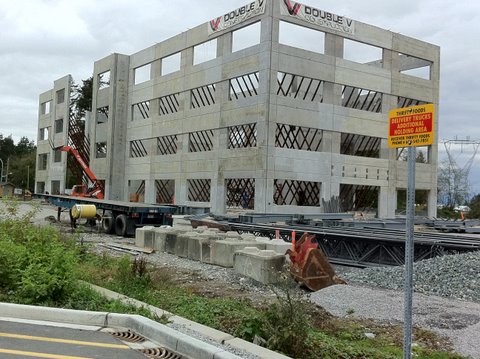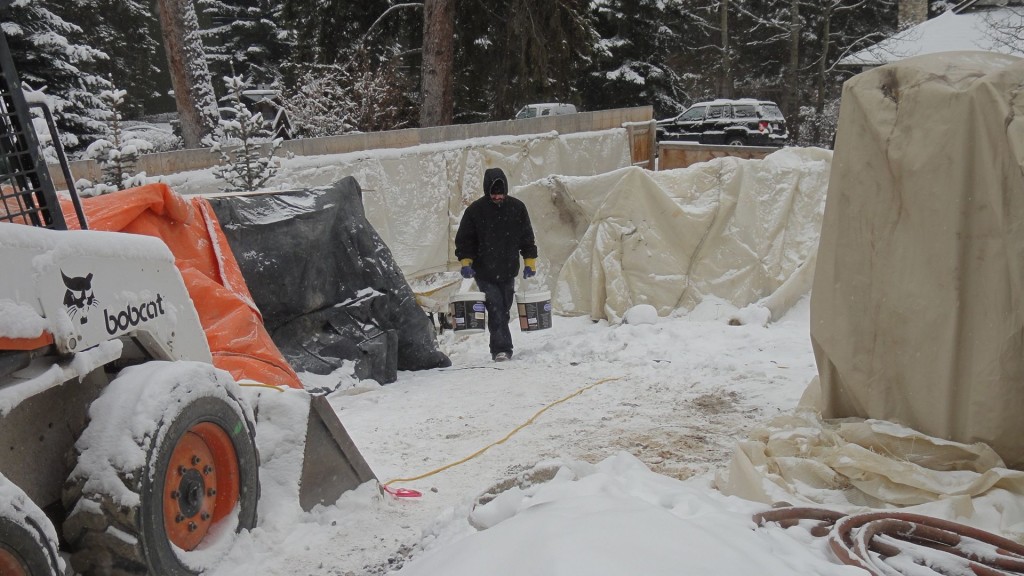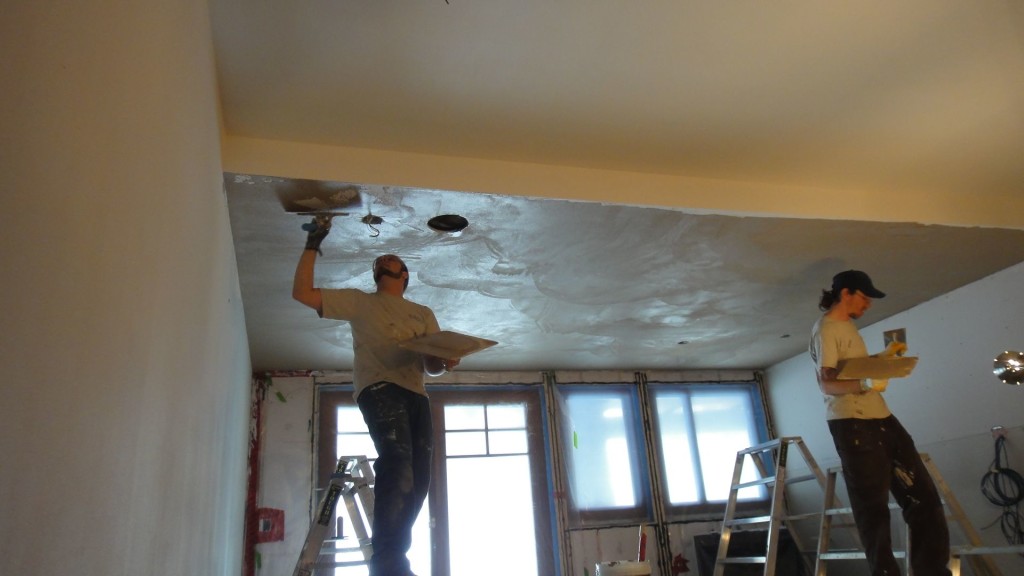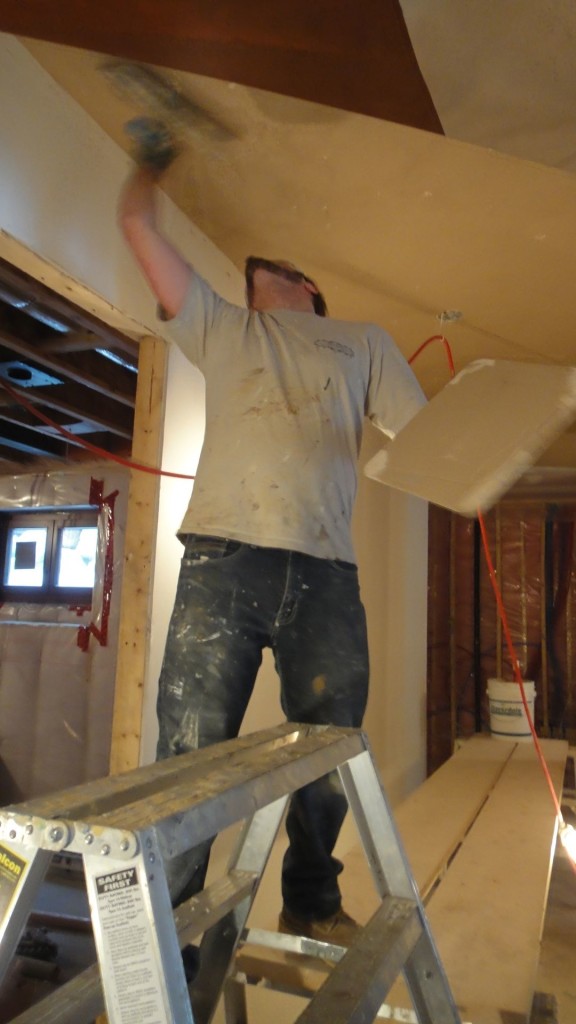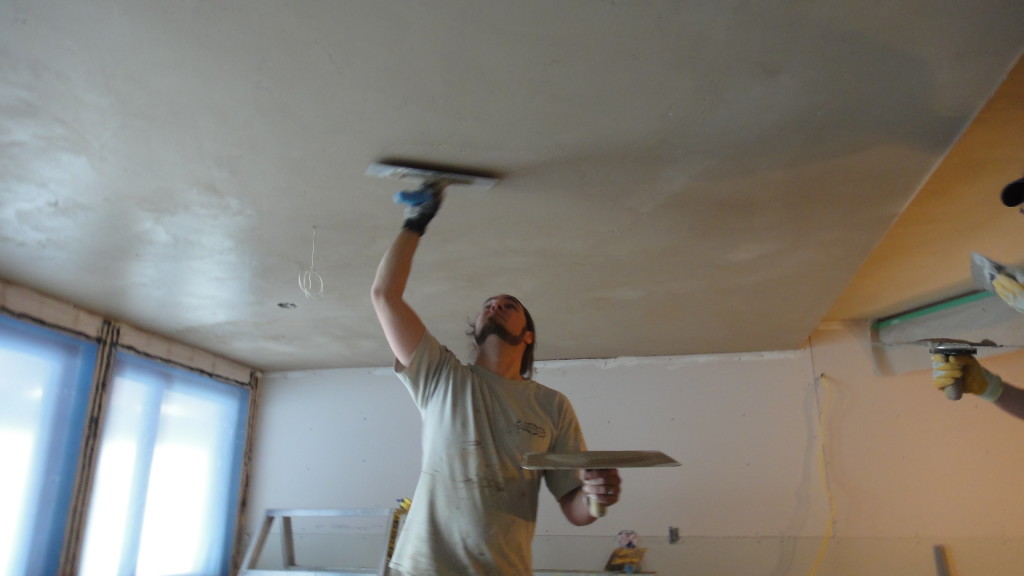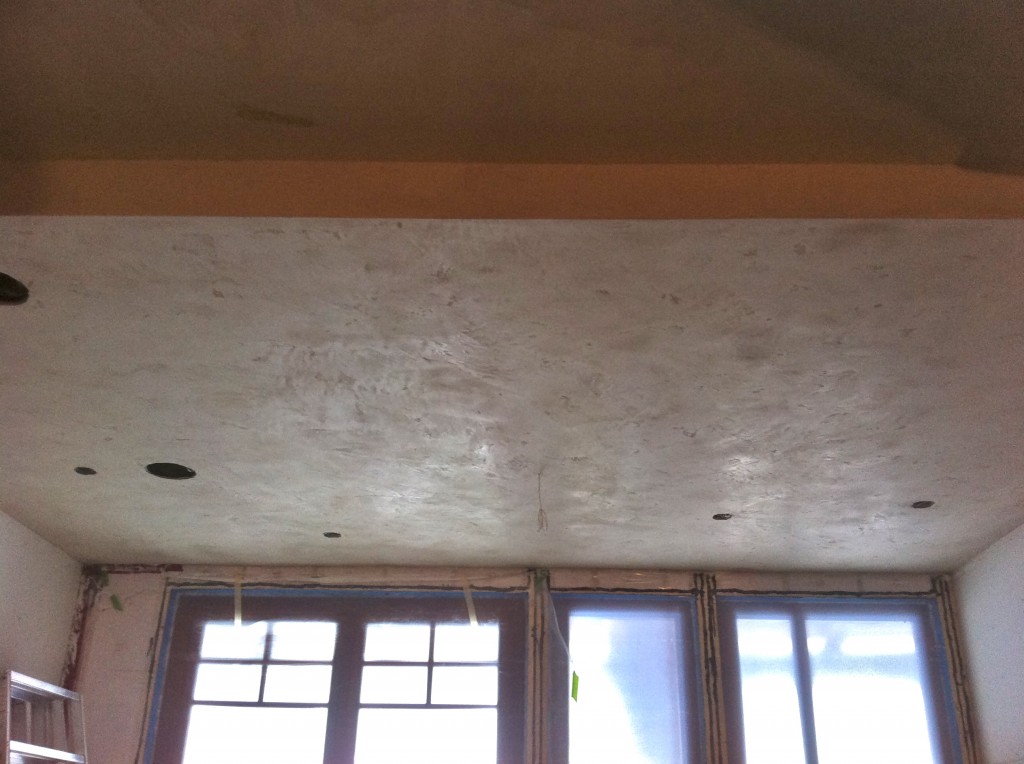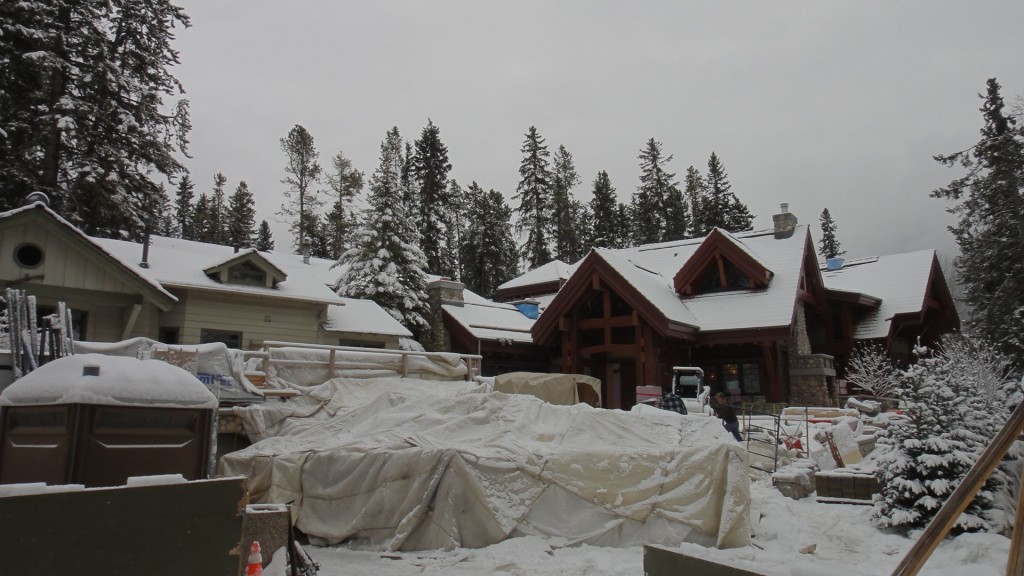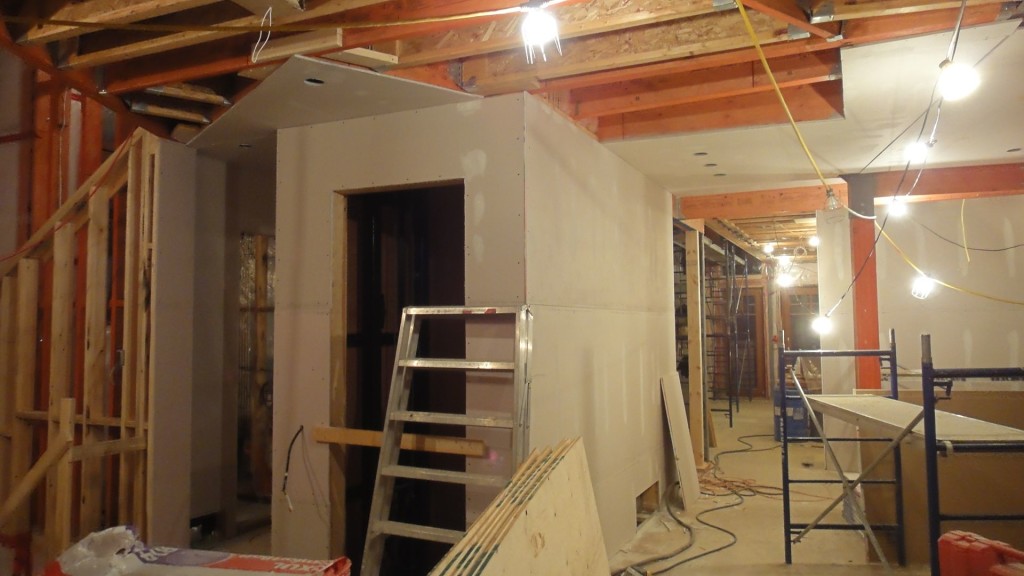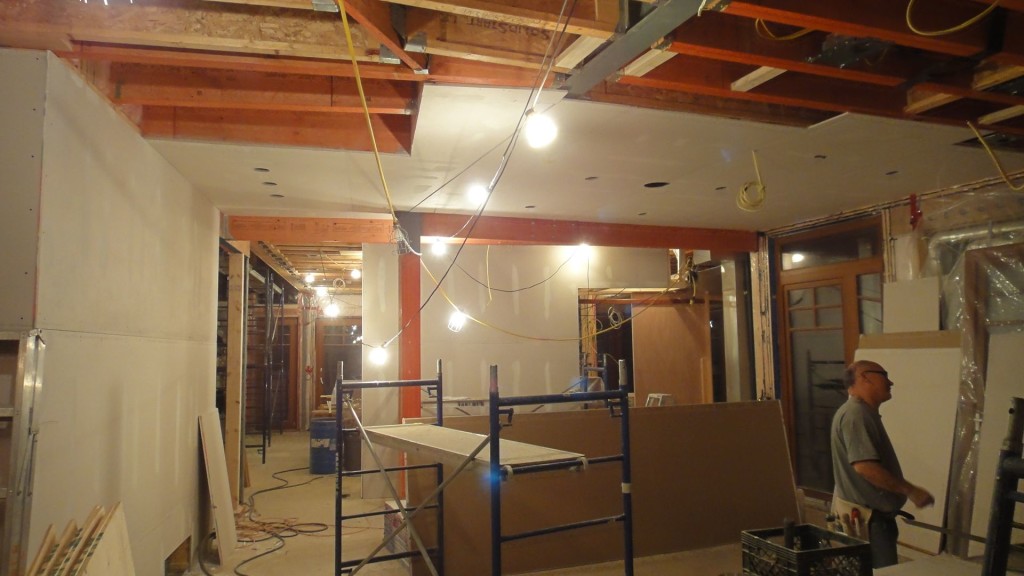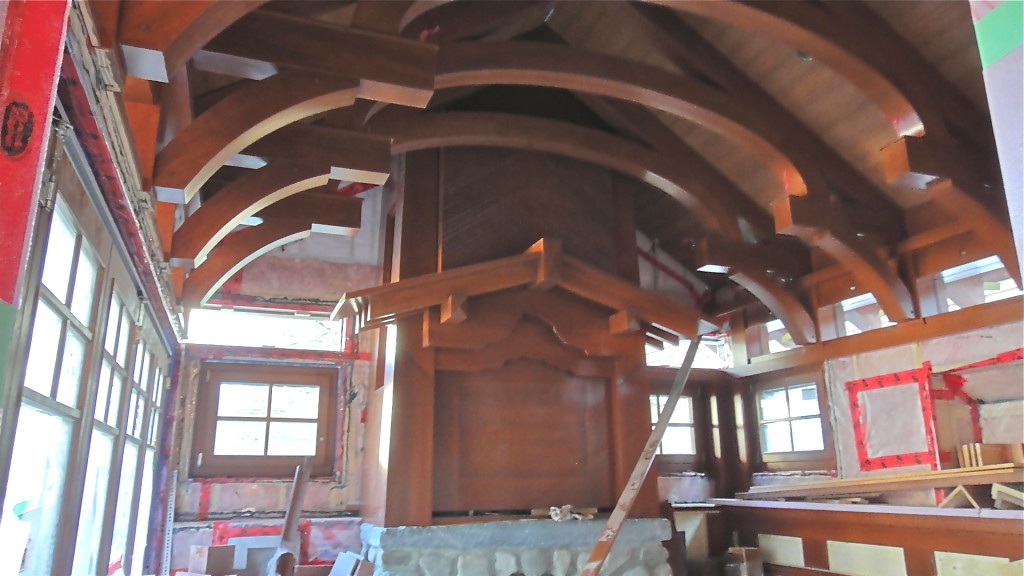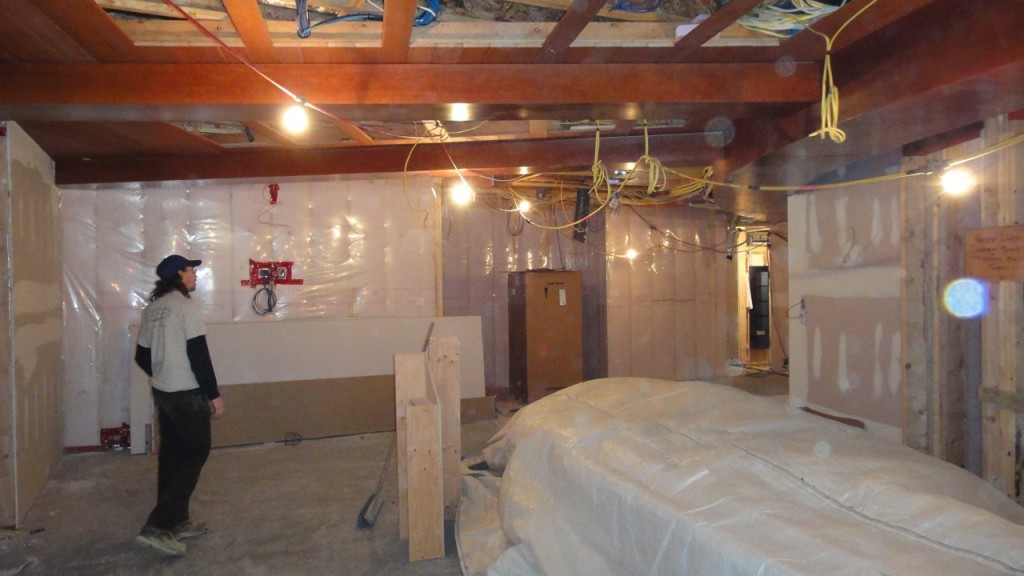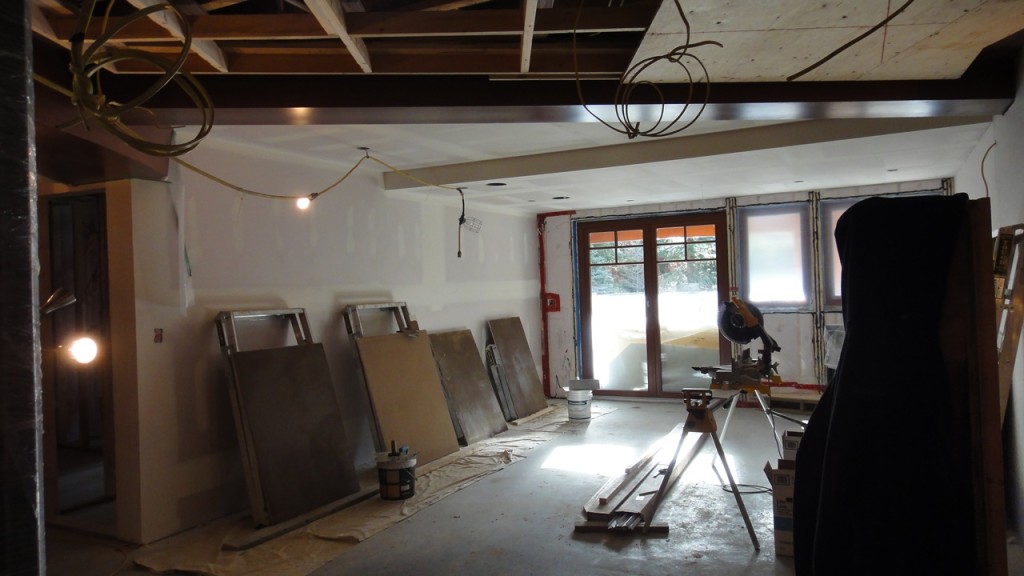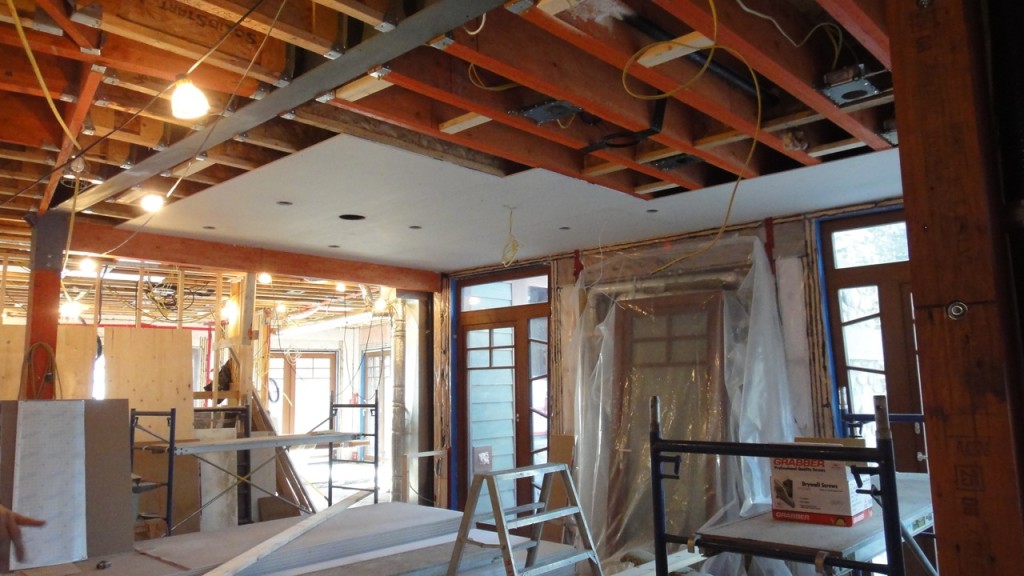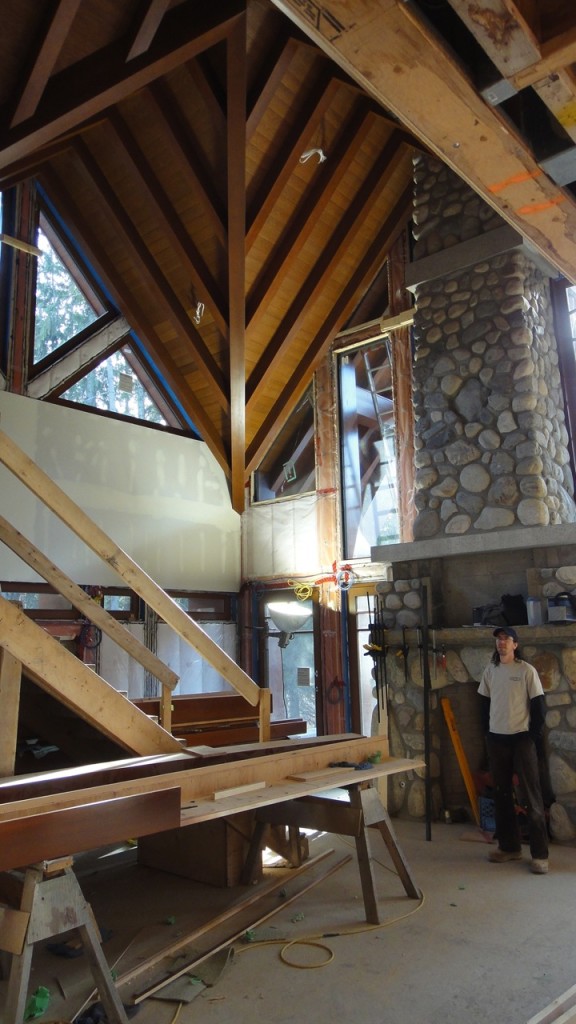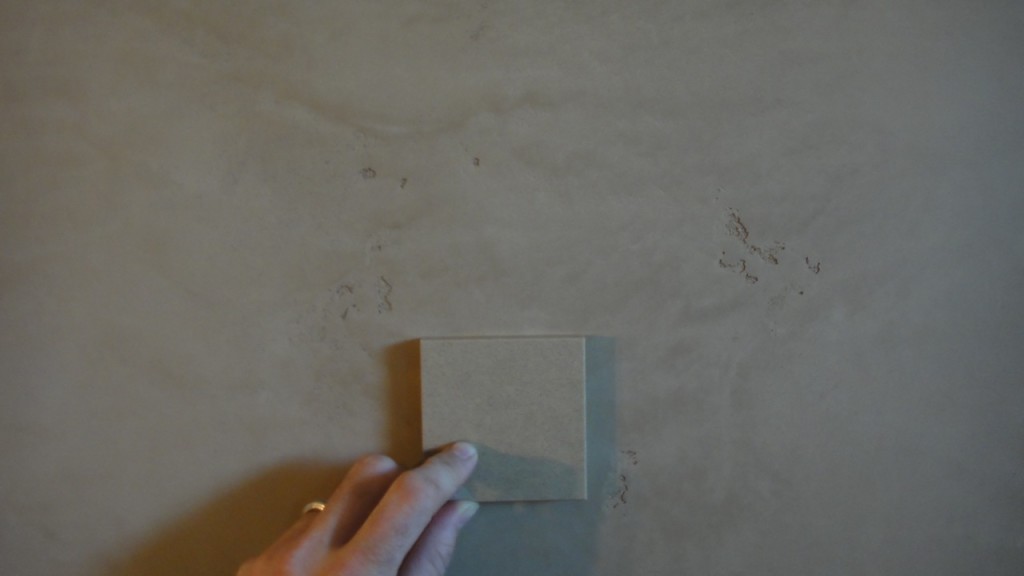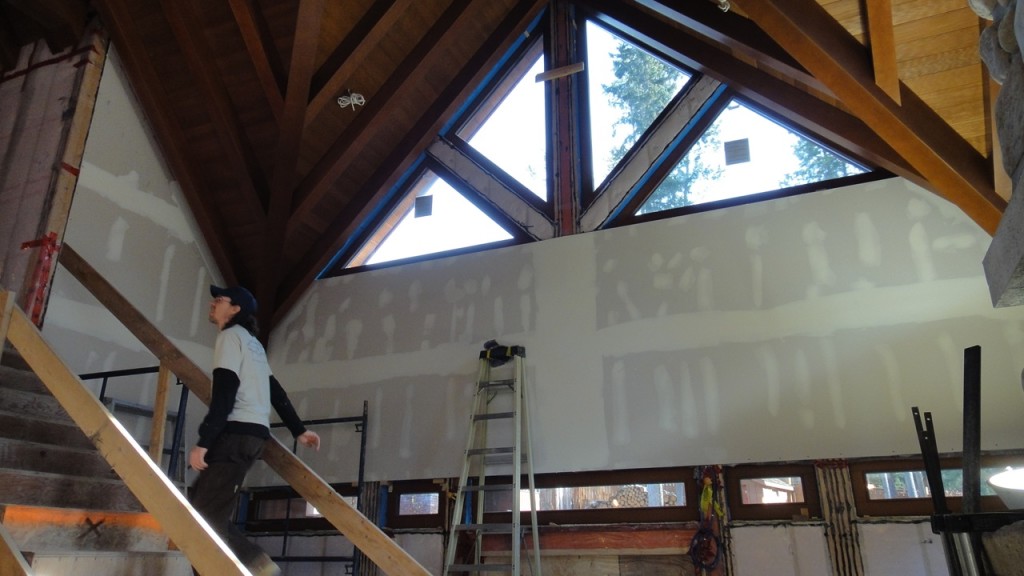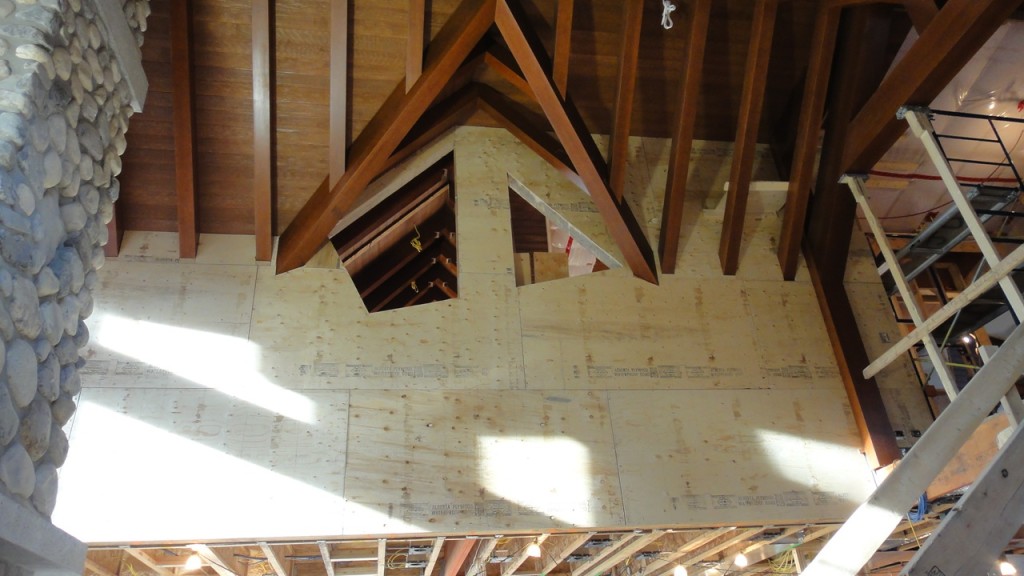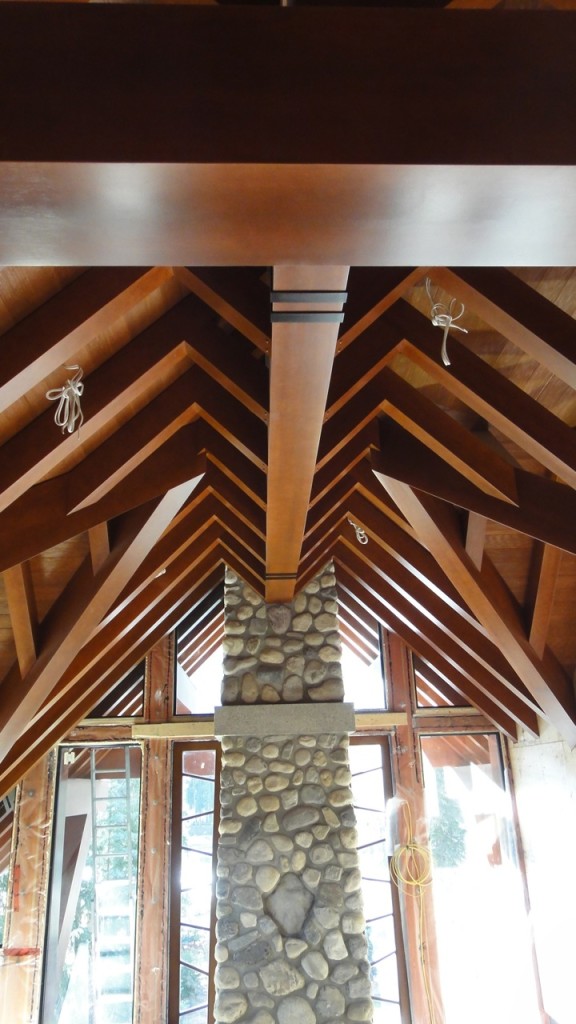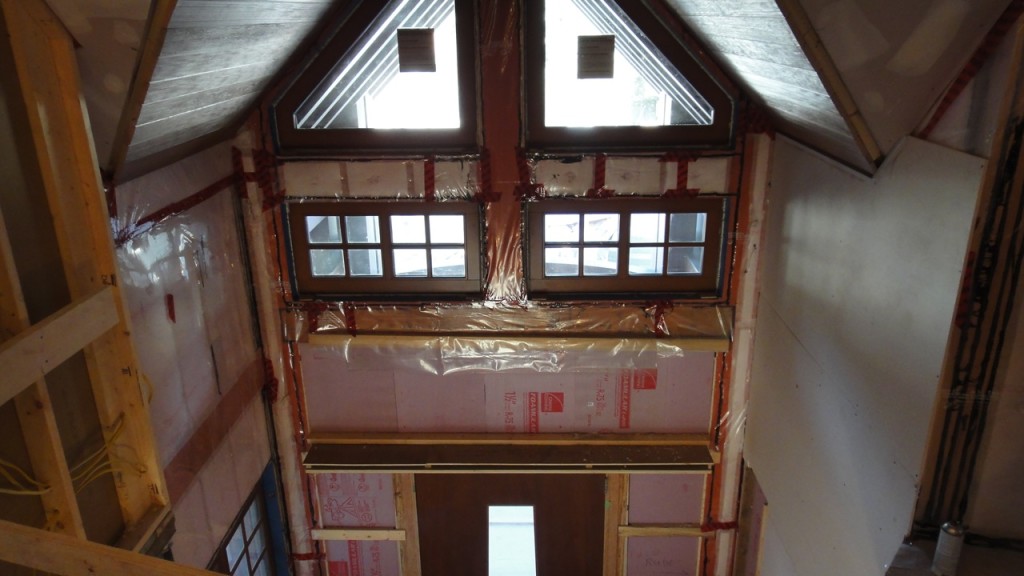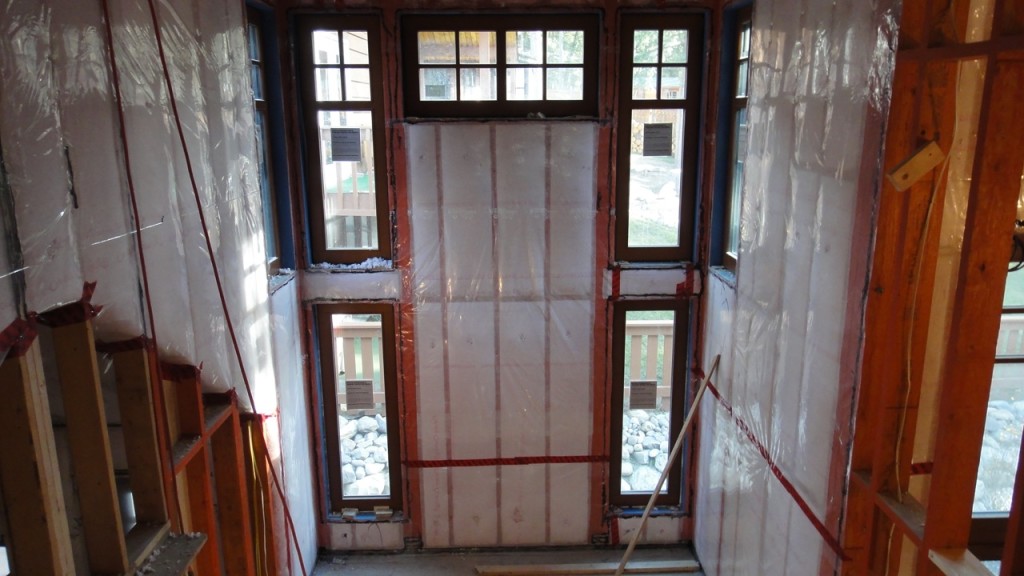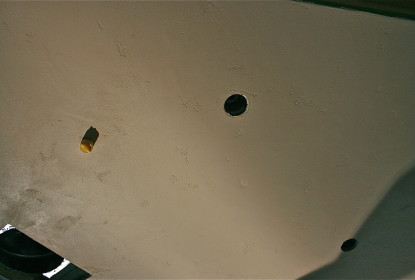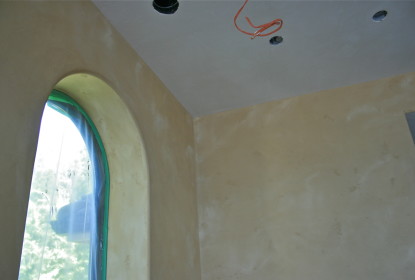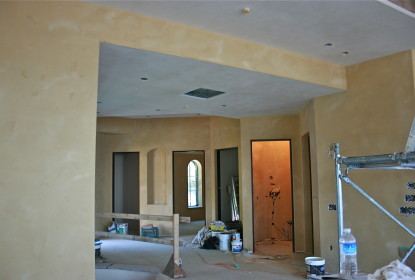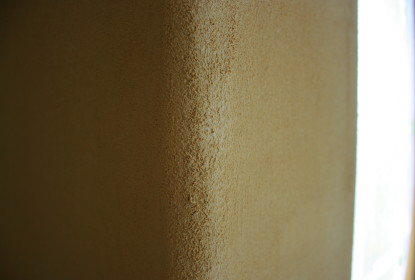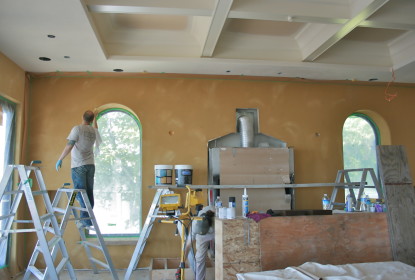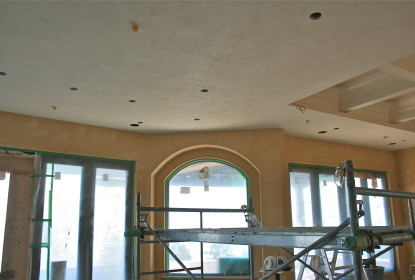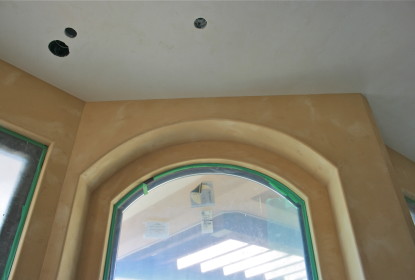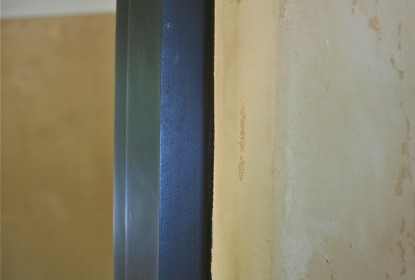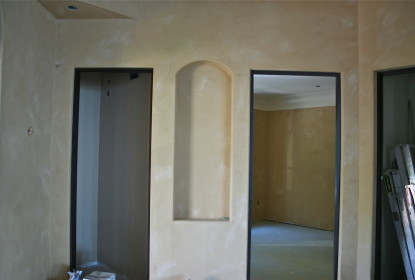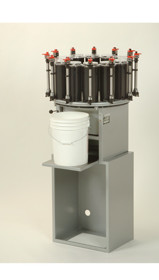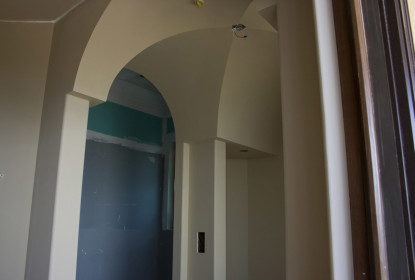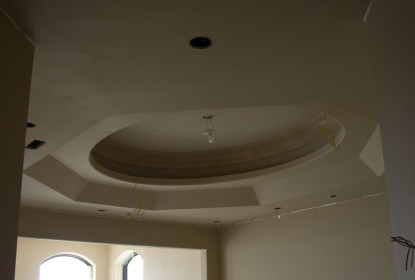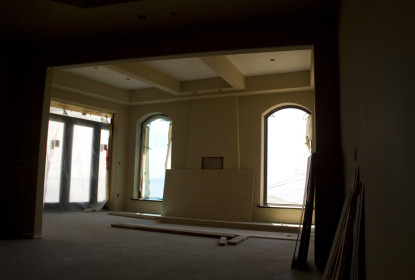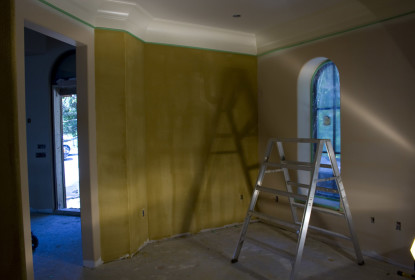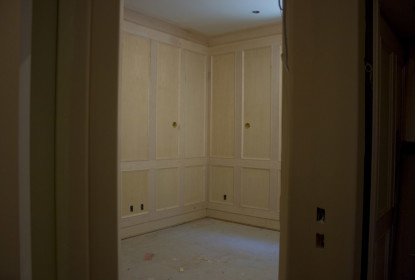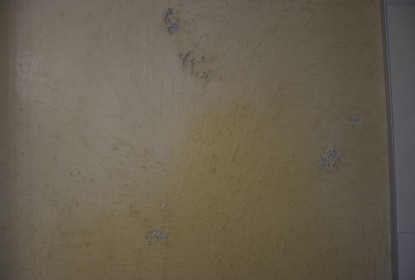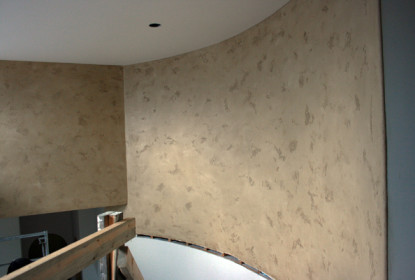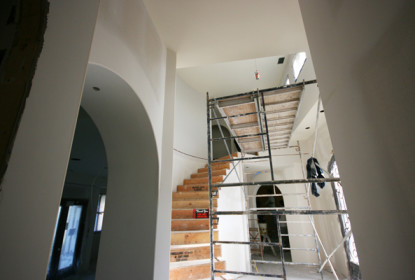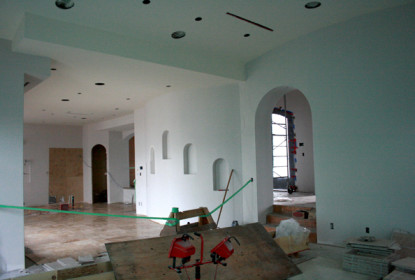Guess what I’ve always dreamed of scratching off my bucket-list? Plastering a high-end commercial building.
Soon, I’ll be scratching it off! (Or I can change the bucket list to “super-big high-end commercial building,” maybe. Then, after that, add “downtown”.)
Starting April, 2011, I’ll be starting an amazing adventure with my team as we begin a massive lime plastering project in the Grandview Business Centre in South Surrey, BC.
It’s a great building, an important part of the new “Morgan Crossing” district, which is an area that has just exploded over the last two years.
The mall, The Shops At Morgan Crossing, has great businesses like the Steve Nash Sports Club and a favourite of mine, because we all love a good wine: the “Everything Wine Store”.
Located so close to the mall, the Business Centre’s a great location for professionals looking to be accessible and convenient for clients.
All right, let’s talk project details.
The Builder Double V Construction will be creating the blank canvas for this amazing project.
We’ll be putting lime plaster in all the common spaces (including lobbies, corridors, and washrooms) on the Morgan Crossing Business Centre’s 1st, 3rd, and 4th floors.
We’ve chosen the palette already.
The corridors will be a slightly polished sandy/cream-coloured lime plaster with subtle pitting and black flecks.
Washrooms will be treated with a cement-based plaster that incorporates subtle pitting, almost like a honed travertine, but seamless and free of any joints.
The lobby ceiling will have a shiny finish that resembles the look of polished marble.
I can’t wait to see so much of my work in one place. A lot of what I work on is in private homes, but this will be a project that I can “visit” for years to come — and close to home, too.
Stay tuned while I prepare for this awesome undertaking, because I plan to share the journey with you by blogging the process in words and video while things come to life.
Cheers,
Darrell Morrison

